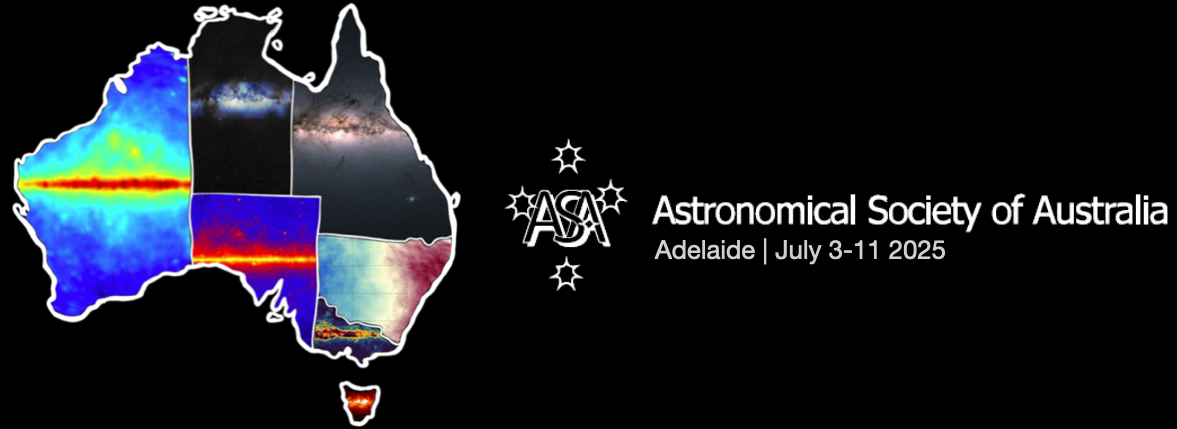Speaker
Description
Post-giant binaries are unique systems that host stable circumbinary disks, formed from previously ejected stellar material, and exhibit unusual orbital characteristics resulting from complex binary interactions. Gas from the disk, which is deficient in heavy elements, is re-accreted onto the central stars, producing metal-poor surface abundances $\rm{-}$ a phenomenon known as chemical depletion. This study investigates how re-accreted gas from the circumbinary disk drives chemical depletion in a sample of six post-giant binary stars, and how this process influences post-giant stellar evolution. Additionally, we assess whether re-accretion can account for the observed absence of ionised planetary nebulae (PNe) in many post-giant systems. We find that high accretion rates ($>10^{-7}\,\rm{M}_{\odot}\,\rm{yr}^{-1}$) and substantial disk masses ($\gtrsim10^{-2}\,\rm{M}_{\odot}$) are required to reproduce the observed chemical depletion, particularly in hotter post-giant stars ($T_{\rm{eff}}\gtrsim 6000\,\rm{K}$). While such rapid accretion significantly prolongs post-giant lifetimes by factors of $3$ to $10$, the resulting evolutionary timescales remain within the PN visibility window. This suggests that accretion alone is insufficient to explain the lack of ionised PNe in post-giant systems. Our results constrain accretion-flow parameters and offer valuable insights into disk-mediated binary evolution during the post-giant phase.

